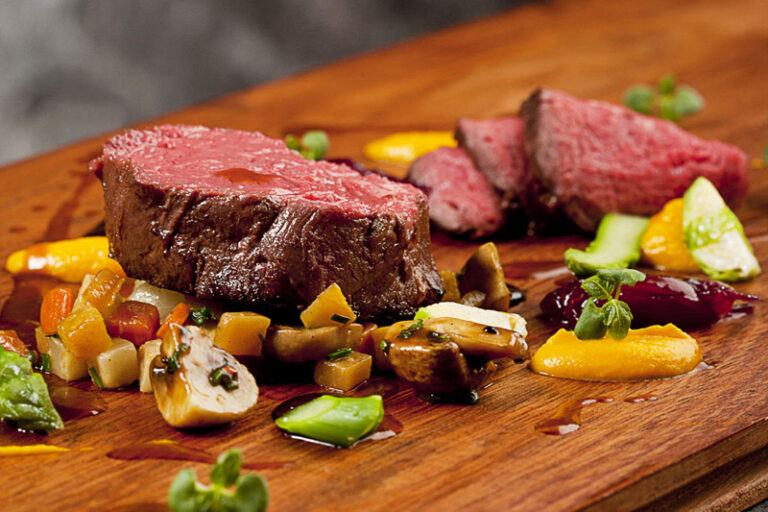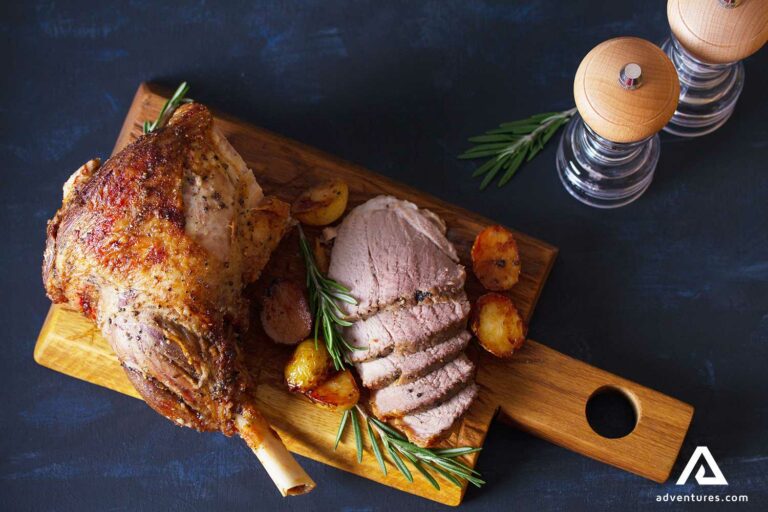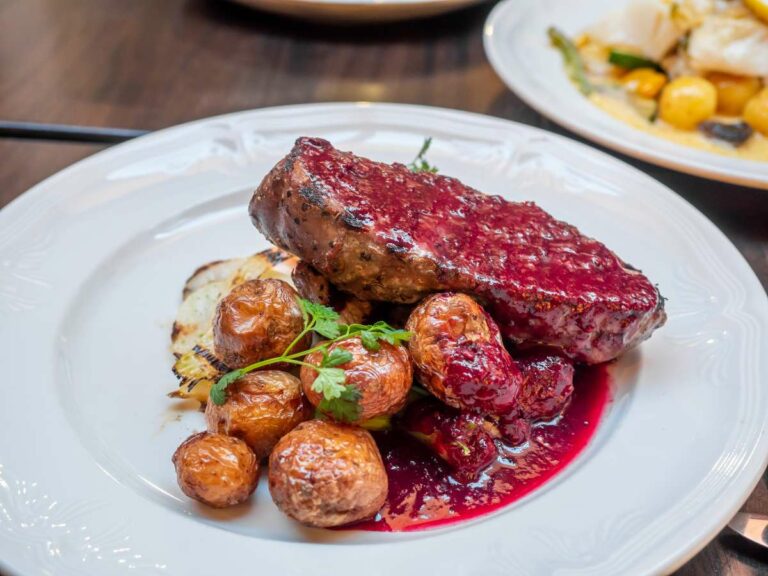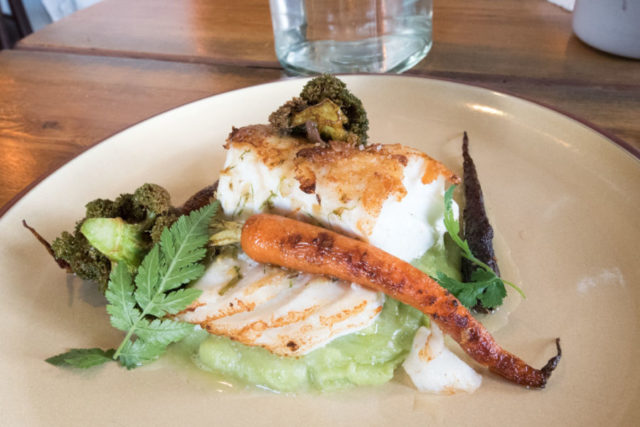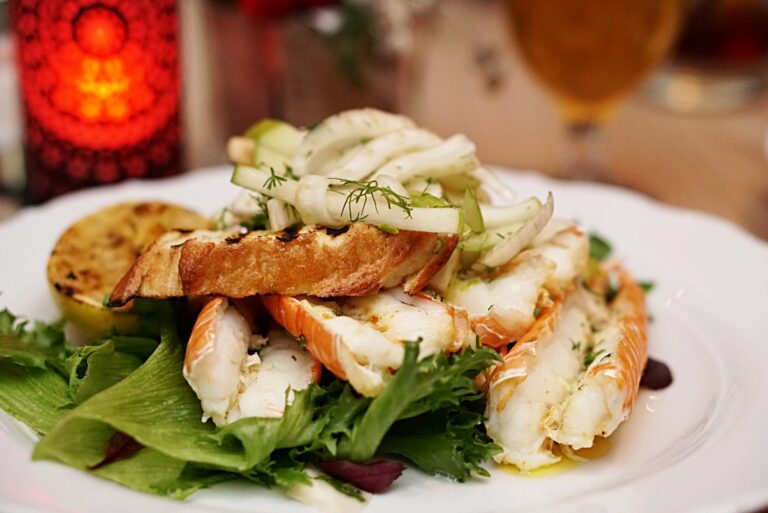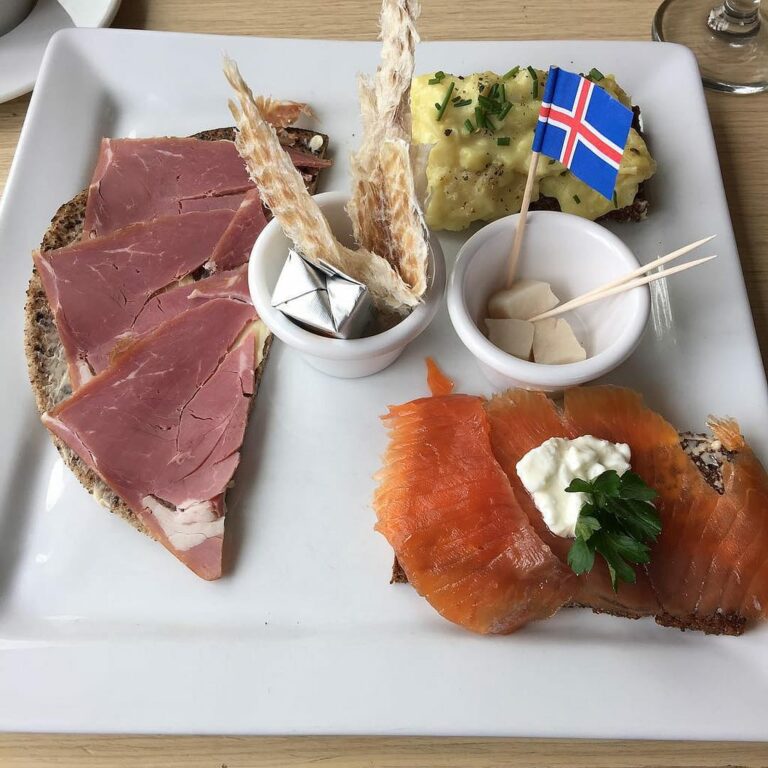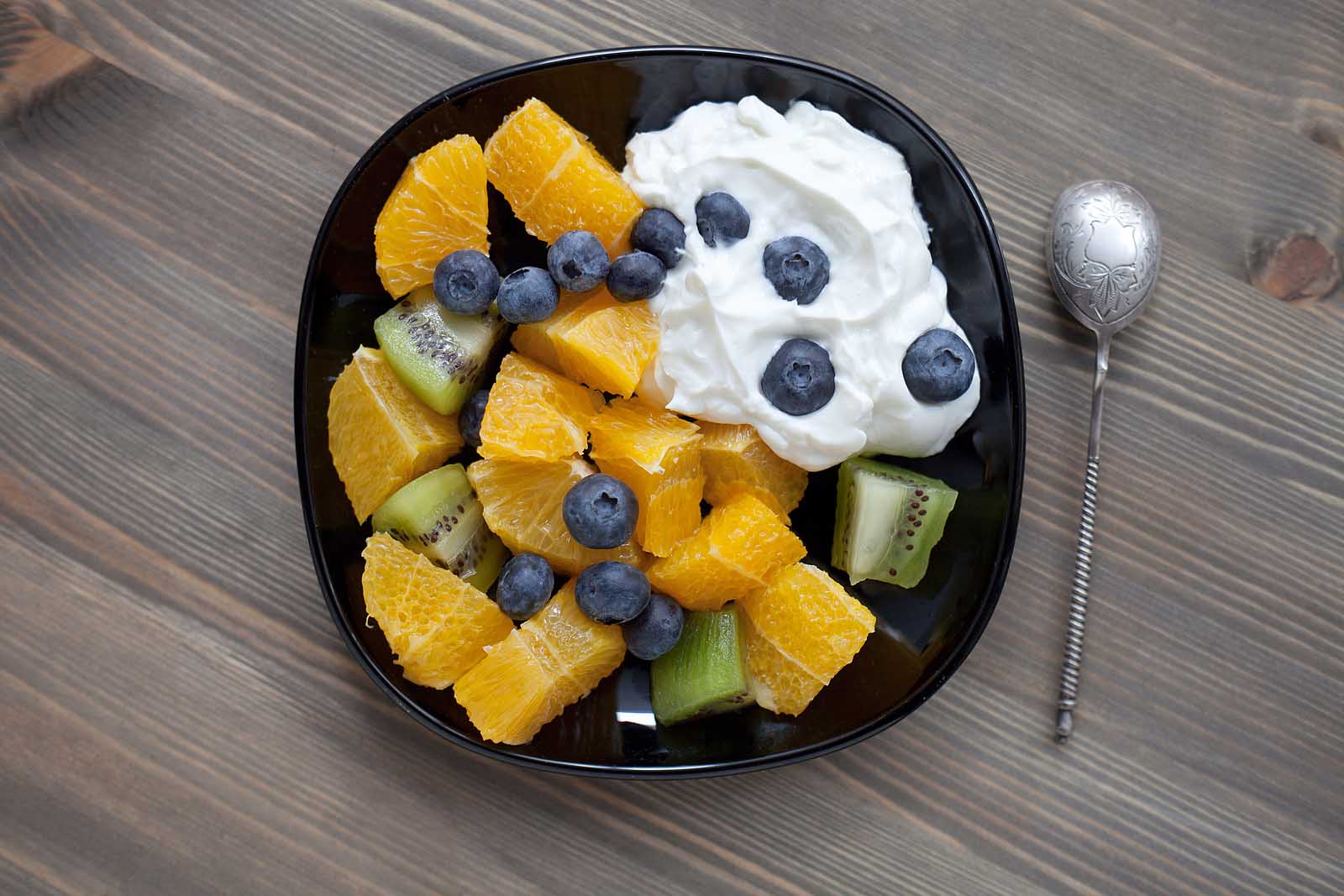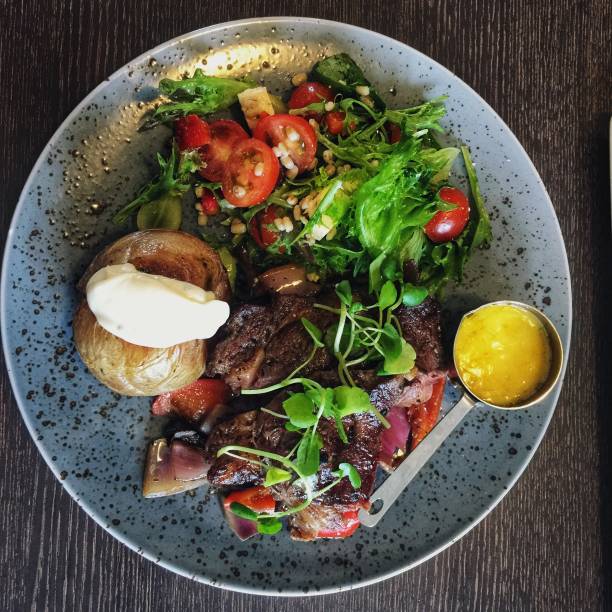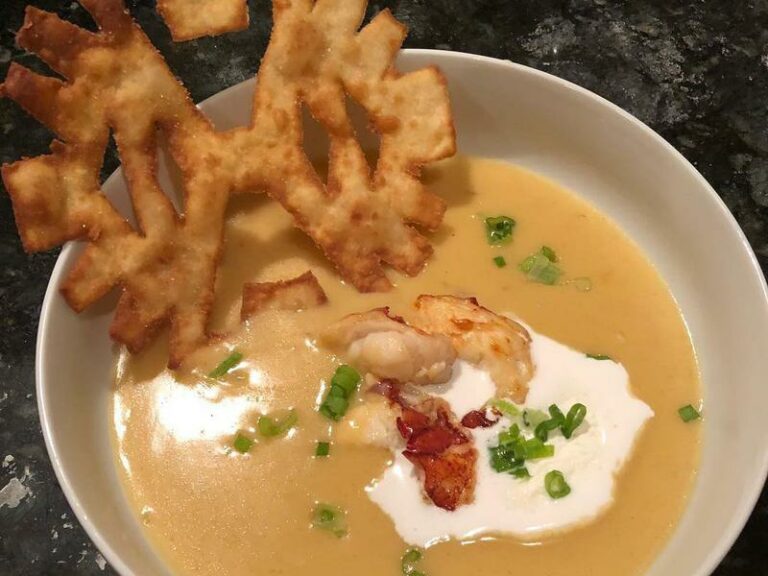Introduction
Icelandic cuisine is as diverse as the landscapes that make up this stunning island nation. While seafood is a staple, each region of Iceland has its own unique culinary traditions and specialties. From the northern coast to the southern shores, Icelandic cuisine varies greatly and reflects the culture, history, and environment of each region.
The North: Fish and Dairy
The northern region of Iceland is known for its abundance of fish and dairy products. Fishing is a major industry, and the waters around the town of Akureyri are especially rich in cod, haddock, and halibut. Dairy farming is also prevalent in the region, and it is home to some of Iceland’s most famous cheese makers. Skyr, a yogurt-like cheese, is a popular Icelandic food that originated in the north. It is often served with fresh berries and honey for breakfast or as a dessert.
The East: Lamb and Potatoes
The eastern region of Iceland is renowned for its lamb and potatoes. The cold, harsh climate of the region means that only hardy crops can be grown, and potatoes thrive in the nutrient-rich volcanic soil. Lamb is another staple of the region, and is often slow-cooked in traditional Icelandic stews or roasted with herbs. The town of Djupivogur is known for its smoked lamb, which is a delicacy throughout the country.
The West: Seafood and Meat
The western region of Iceland is a seafood lover’s paradise, with an abundance of scallops, lobster, and crab. The town of Stykkishólmur is famous for its langoustine dishes, and the waters around the Snæfellsnes peninsula are home to some of the best fish and chips in the country. The region is also known for its meat dishes, with lamb and beef being popular choices. Puffin and whale are also traditional foods in the west, although their consumption is controversial.
The South: Greenhouses and Geothermal Cooking
The southern region of Iceland has a unique culinary landscape, thanks in part to the area’s geothermal activity. The town of Hveragerði is known as the “hot spring capital of the world,” and is home to numerous greenhouses that use the geothermal energy to grow a variety of fruits and vegetables. Tomatoes are a particularly popular crop, and are used in many dishes throughout the country. In addition to greenhouse-grown produce, the southern region is also known for its geothermal cooking. Traditional Icelandic bread is baked in the geothermal heat, and many hot springs offer visitors the opportunity to cook their own meals in the hot water.
Conclusion: A Diverse and Unique Culinary Landscape
From fish and dairy products in the north, to lamb and potatoes in the east, to seafood and meat in the west, to greenhouse-grown produce and geothermal cooking in the south, Icelandic cuisine is a reflection of the country’s varied landscapes, climate, and culture. Each region has its own unique culinary traditions and specialties, making Iceland a food lover’s paradise. Visitors to Iceland should make sure to sample as many of these regional delicacies as possible to truly experience the country’s diverse and unique culinary landscape.

